7 Far-Out Discoveries About the Universe's Beginnings
Introduction

About 13.8 billion years ago, the universe as we know it began. This moment, known as the Big Bang, is when space itself rapidly began expanding. At the time of the Big Bang, the observable universe (including the materials for at least 2 trillion galaxies), fit into a space less than a centimeter across. Now, the observable universe is 93 billion light-years across and still expanding.
There are many questions about the Big Bang, particularly about what came before it (if anything). But scientists do know some things. Read on for some of the most mind-bending discoveries about the beginning of everything.
The universe is expanding
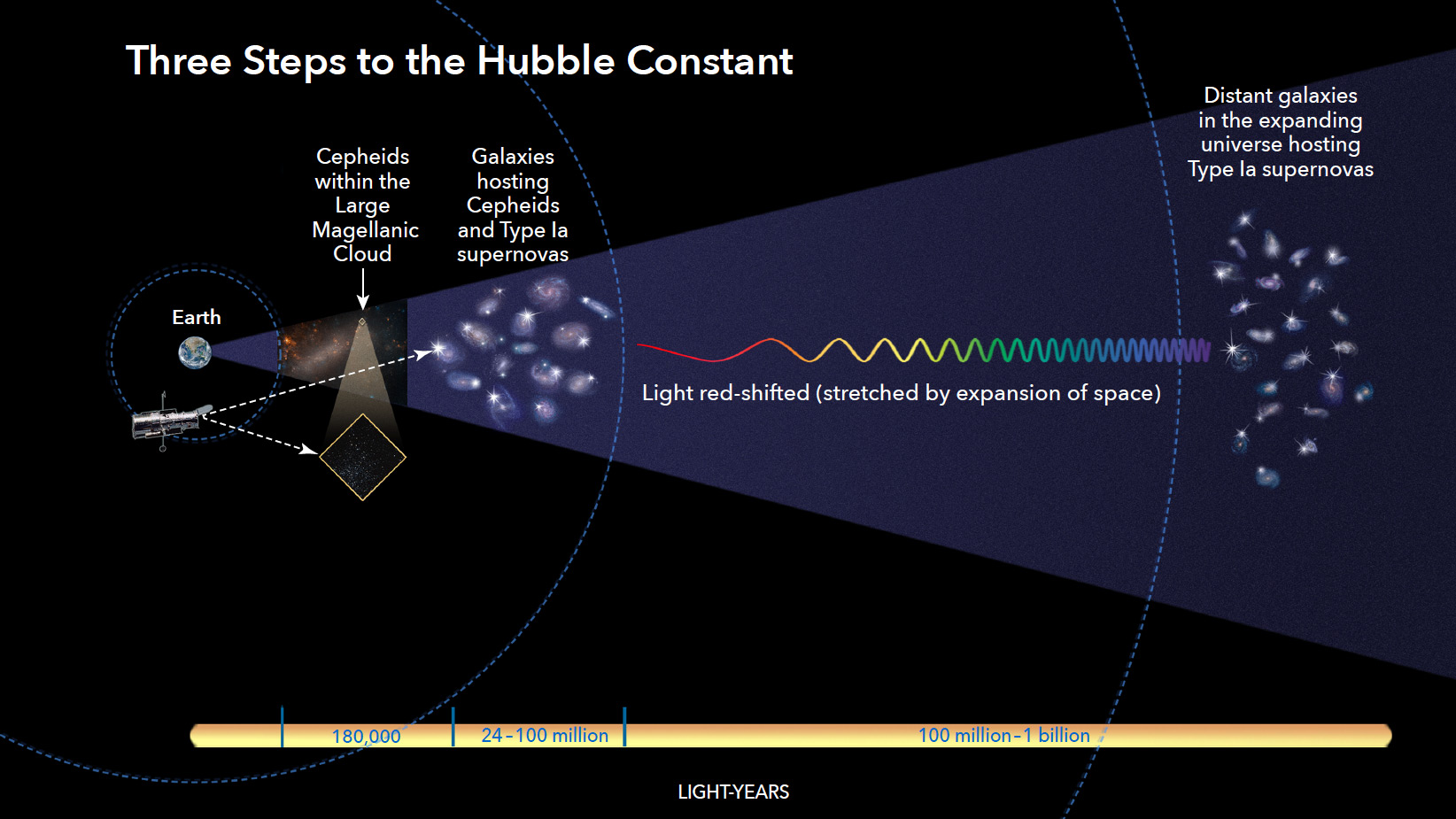
Until 1929, the origins of the universe were shrouded entirely in myth and theory. But that year, an enterprising astronomer named Edwin Hubble discovered something very important about the universe, something that would open up new ways of understanding its past: The whole thing is expanding.
Hubble made his discovery by measuring something called redshift, which is the shift toward longer, red wavelengths of light seen in very distant galaxies. (The farther away the object, the more pronounced the redshift.) Hubble found that redshift increased linearly with distance in far-off galaxies, indicating that the universe isn't stationary. It's expanding, everywhere, all at once.
Hubble was able to calculate the rate of this expansion, a figure known as the Hubble Constant, according to NASA. It was this discovery that allowed scientists to extrapolate back and theorize that the universe was once packed into a tiny point. They called the first moment of its expansion the Big Bang. [From Big Bang to Present: Snapshots of Our Universe Through Time]
Cosmic microwave background radiation
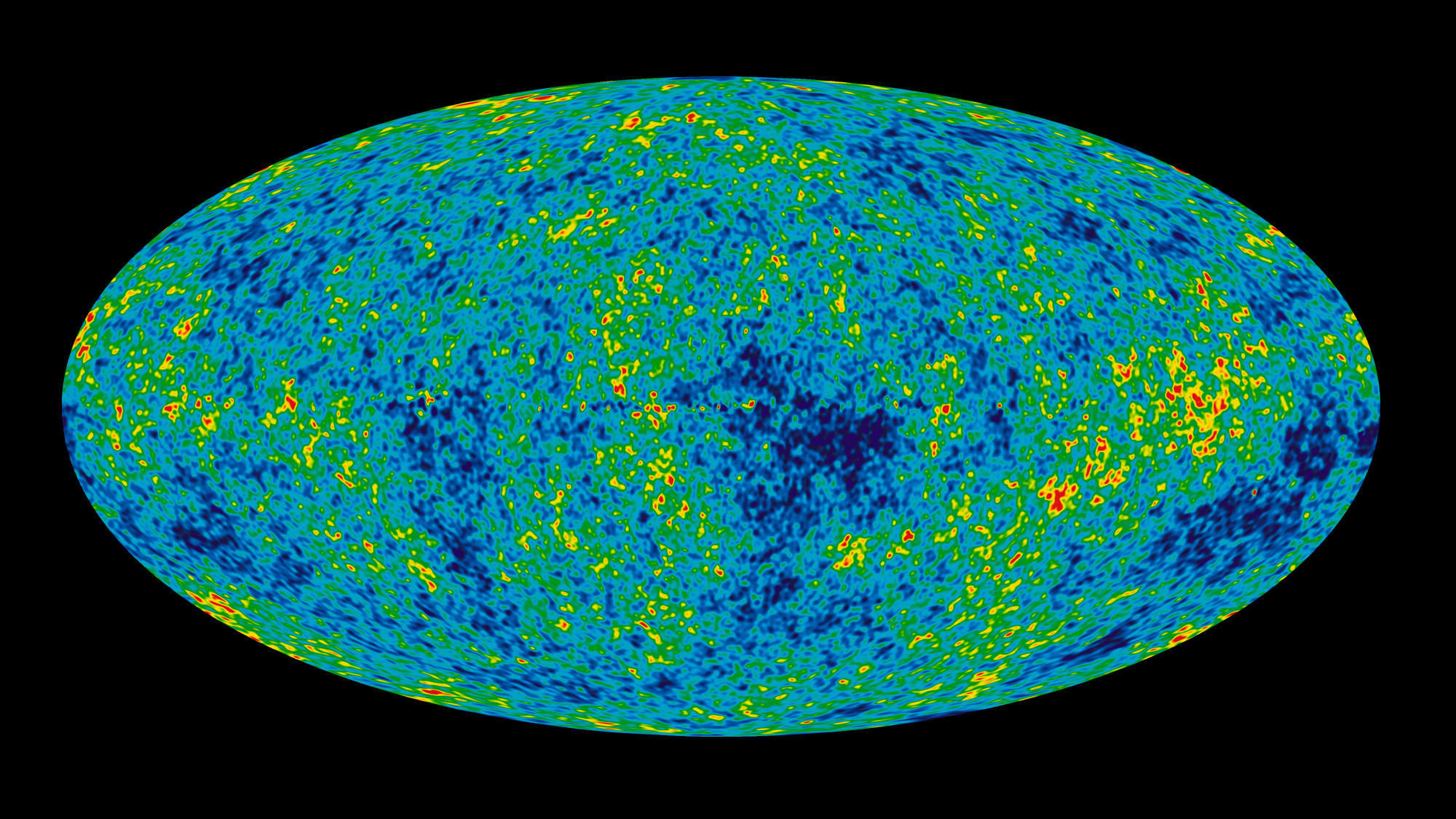
In May 1964, Arno Penzias and Robert Wilson, researchers at Bell Telephone Laboratories, were working on building a new radio receiver in New Jersey. Their antenna kept picking up a strange buzzing that seemed to come from everywhere, all the time. They thought it might be pigeons in the equipment, but removing the nests did nothing. Neither did their other attempts to reduce interference. Finally, they realized they were picking up something real.
What they'd detected, it turned out, was the first light of the universe: cosmic microwave background radiation. This radiation dates back to about 380,000 years after the Big Bang, when the universe finally cooled enough for photons (the wave-like particles that make up light) to travel freely. The discovery lent support to the Big Bang theory and to the notion that the universe expanded faster than the speed of light in its first instant. (That's because the cosmic background is quite uniform, suggesting a smooth expansion of everything at once from a small point.)
Sky map
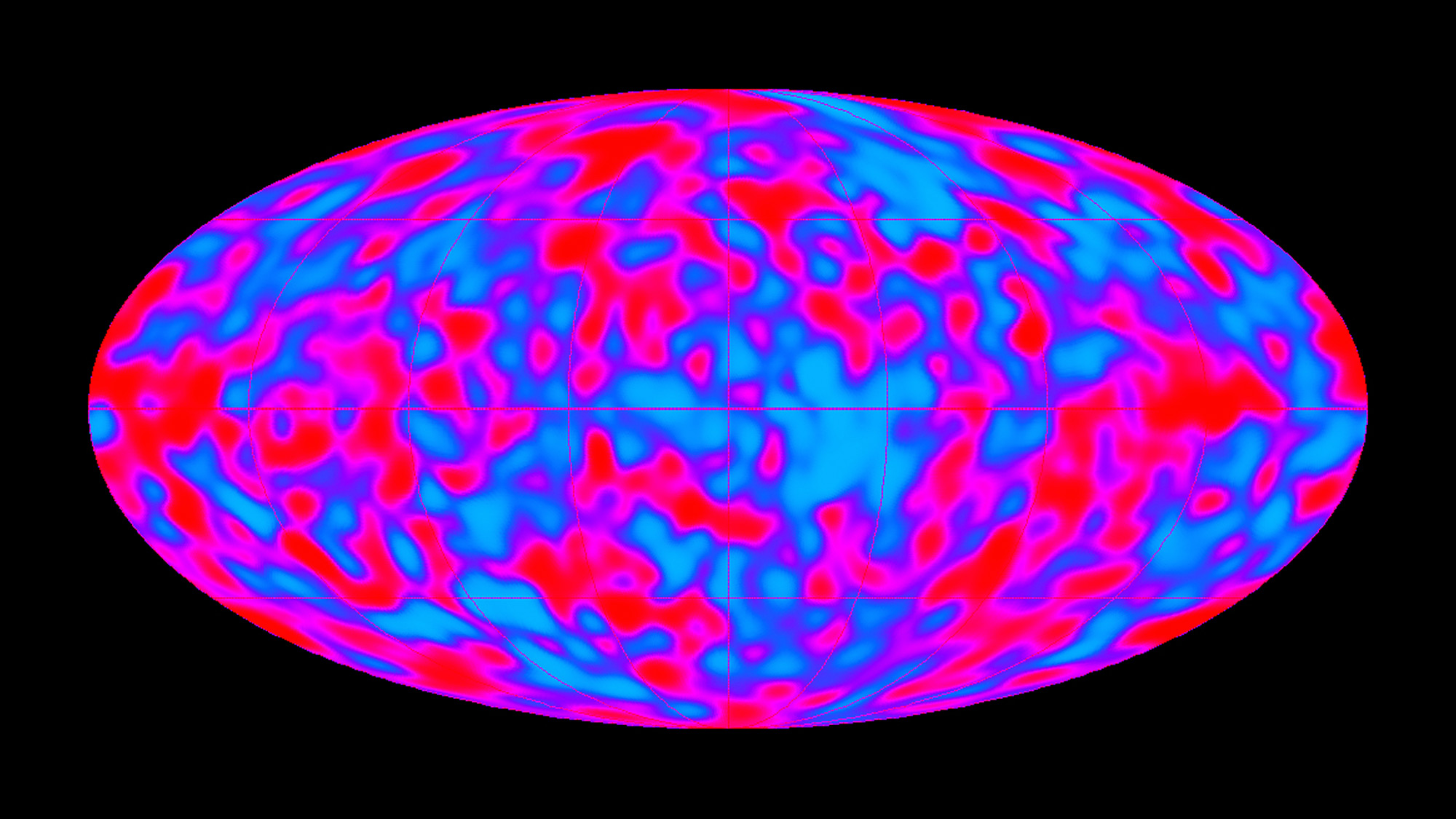
The discovery of the cosmic microwave background opened a window into the origins of the universe. In 1989, NASA launched a satellite called the Cosmic Background Explorer (COBE), which measured tiny variations in the background radiation. The result was a "baby picture" of the universe, according to NASA, which shows some of the first density variations in the expanding universe. These miniscule variations probably gave rise to the pattern of galaxies and empty space, known as the cosmic web of galaxies, that we see in the universe today.
Direct evidence of inflation
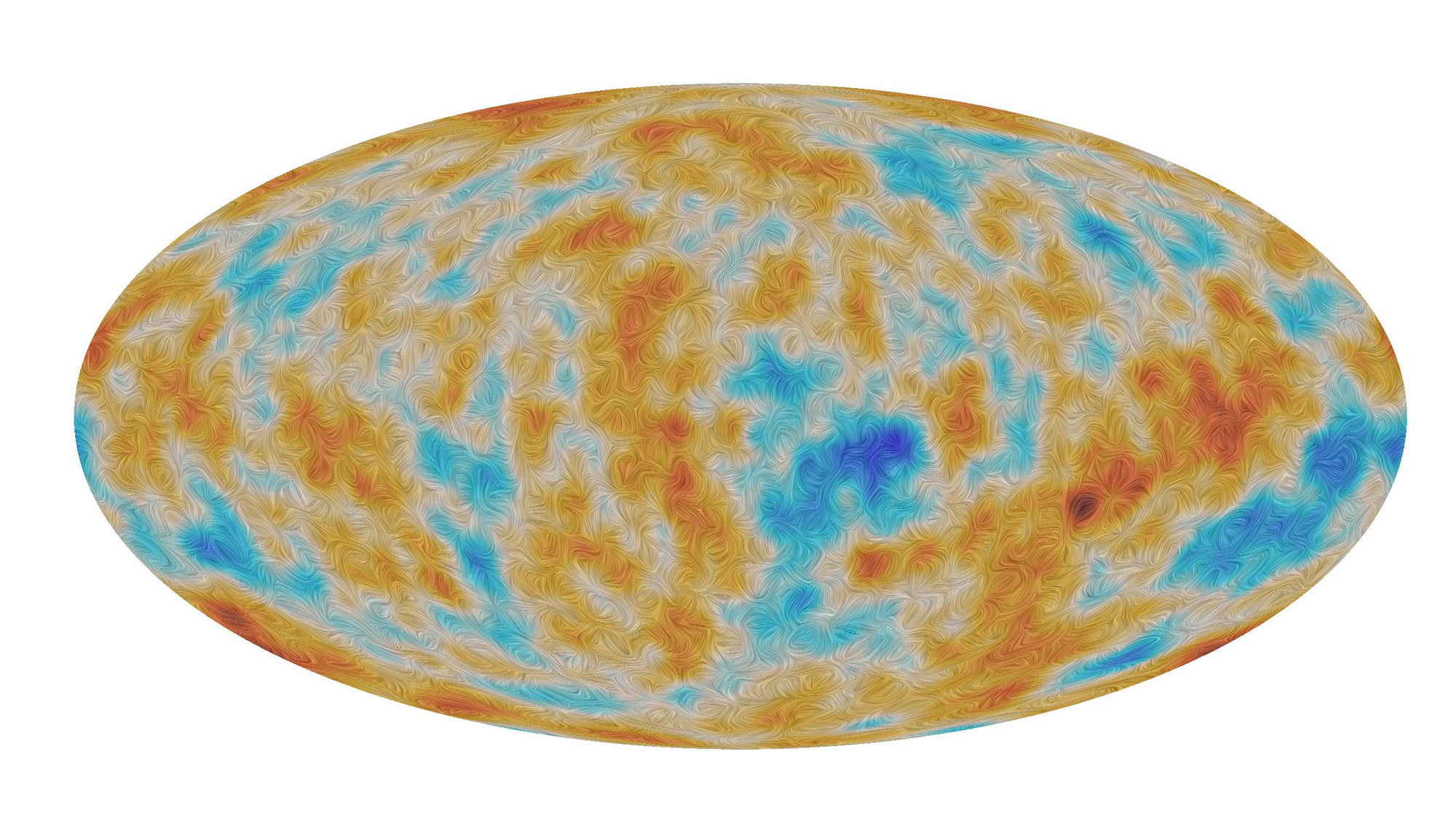
The cosmic microwave background also enabled researchers to find the "smoking gun" for inflation — that massive, faster-than-light expansion that occurred at the Big Bang. (Although Einstein’s theory of special relativity holds that nothing goes faster than light through space, this wasn’t a violation; space itself expanded.) In 2016, physicists announced that they had detected a particular kind of polarization, or directionality, in some of the cosmic microwave background. This polarization is known as "B-modes." The B-mode polarization was the first-ever direct evidence of gravitational waves from the Big Bang. Gravitational waves are created when massive objects in space speed up or slow down (the first that were ever discovered came from the collision of two black holes). The B-modes provide a new way to directly probe the early universe's expansion — and perhaps to figure out what drove it. [9 Ideas About Black Holes That Will Blow Your Mind]
No extra dimensions so far

One consequence of the gravitational-wave discovery was that it allowed scientists to search for additional dimensions, beyond the usual three. According to theorists, gravitational waves should be able to cross into unknown dimensions, if those dimensions exist. In October 2017, scientists detected gravitational waves from the collision of two neutron stars. They measured the time it took the waves to travel from the stars to Earth, and found no evidence of any extra-dimensional leakage.
The results, published in July 2018 in the Journal of Cosmology and Astroparticle Physics, suggest that if there are any other dimensions out there, they're tiny — they would affect areas of the universe less than 1 mile (1.6 kilometers) in size. That means that string theory, which posits that the universe is made of tiny vibrating strings and predicts at least 10 teensy dimensions, could still be true.
Expansion accelerating . . .

One of the strangest discoveries in physics is that the universe is not only expanding, it's expanding at an accelerating rate.
The discovery dates back to 1998, when physicists announced the results of several long-running projects that measured particularly heavy supernovas called Type Ia supernovas. The results (which won researchers Saul Perlmutter, Brian P. Schmidt and Adam G. Reiss a Nobel Prize in 2011), revealed weaker-than-expected light from the most distant of these supernovas. This weak light showed that space itself is expanding: Everything in the universe is gradually getting farther away from everything else.
Scientists call the driver of this expansion "dark energy," a mysterious engine that could make up about 68% of the energy in the universe. This dark energy seems to be crucial to making theories of the beginning of the universe fit observations that are being conducted now, such as those made by NASA's Wilkinson Microwave Anisotropy Probe (WMAP), an instrument that has produced the most precise map of the cosmic microwave background yet.
Get the world’s most fascinating discoveries delivered straight to your inbox.
… Even faster than expected
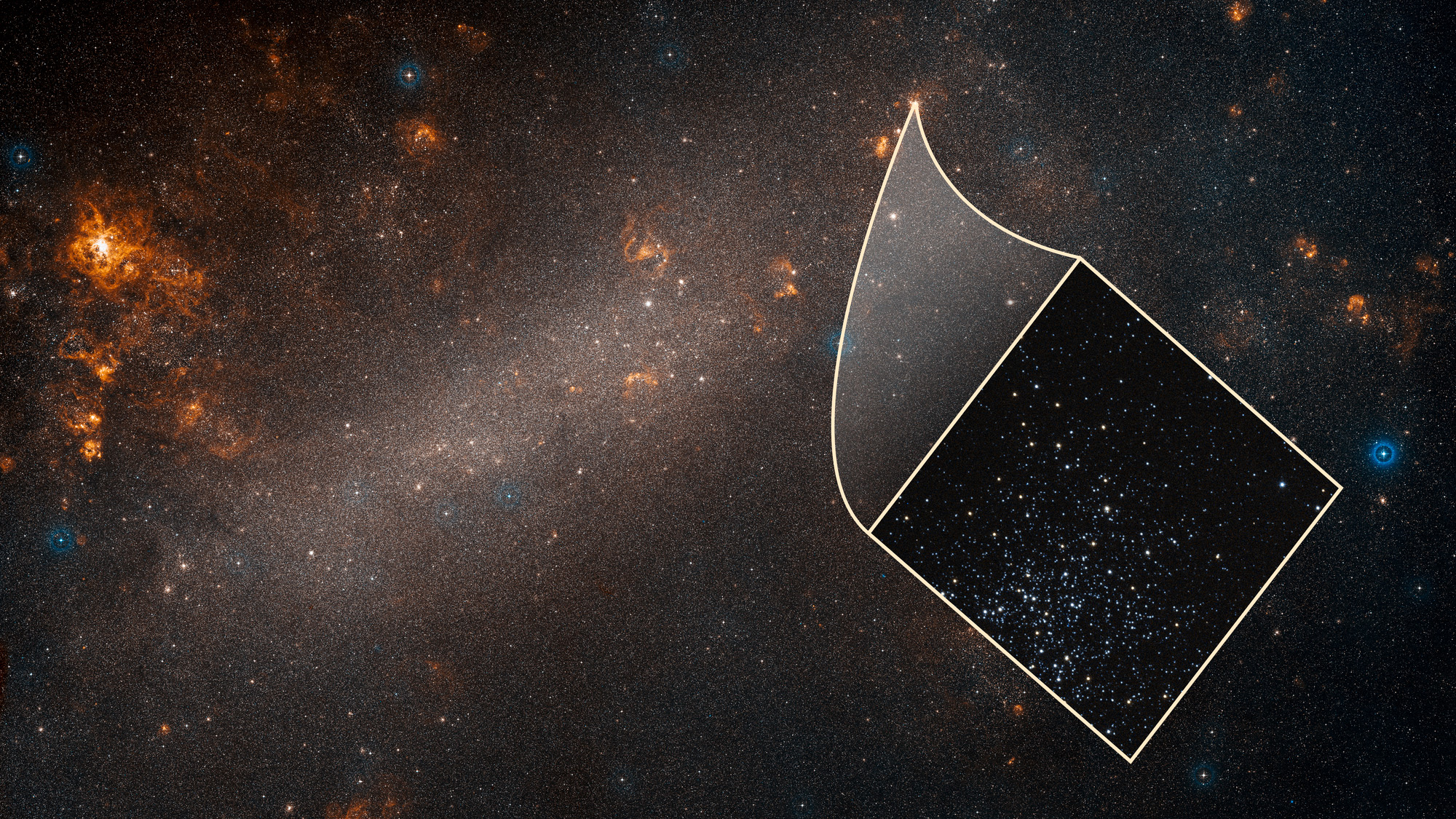
New results from the Hubble Telescope, released in April 2019, have deepened the puzzle of the expanding universe. The measurements from the space telescope show that the universe's expansion is 9% faster than expected from previous observations. For galaxies, every 3.3 million light-years' distance from Earth translates to an additional 46 miles per second (74 km per second) faster than earlier calculations predicted, according to NASA.
Why does this matter for the origins of the universe? Because physicists must be missing something. According to NASA, there may have been three separate dark energy "bursts" during the Big Bang and shortly thereafter. Those bursts set the stage for what we see today. The first might have started the initial expansion; a second may have happened much faster, acting like a heavy foot pressed on the universe's gas pedal, causing the universe to expand faster than previously believed. A final dark energy burst may explain the accelerating expansion of the universe today.
None of this is proven — yet. But scientists are looking. Researchers at the University of Texas at Austin McDonald Observatory are using a newly upgraded instrument, the Hobby-Eberly Telescope, to look for dark energy directly. The project, the Hobby-Eberly Telescope Dark Energy Experiment (HETDEX), is measuring the faint light from galaxies as far away as 11 billion light-years, which will allow researchers to see any changes in the universe's acceleration over time. They'll also be studying the echoes of disturbances in the 400,000-year-old universe, created in the dense soup of particles that made up everything right after the Big Bang. This, too, will reveal the mysteries of expansion and explain the dark energy that drove it.

Stephanie Pappas is a contributing writer for Live Science, covering topics ranging from geoscience to archaeology to the human brain and behavior. She was previously a senior writer for Live Science but is now a freelancer based in Denver, Colorado, and regularly contributes to Scientific American and The Monitor, the monthly magazine of the American Psychological Association. Stephanie received a bachelor's degree in psychology from the University of South Carolina and a graduate certificate in science communication from the University of California, Santa Cruz.


